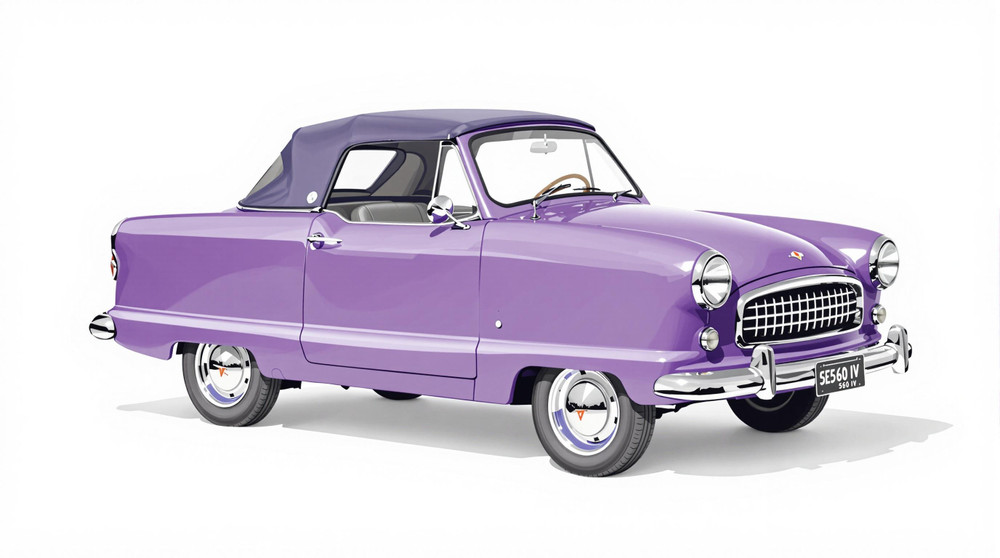Image of 1958 Metropolitan Series 560 Iv, Note: These illustrations use artistic license and may differ from actual historical models.
Performance Metrics
Fundamental Metrics
Emotional Appeal
MMP Rating
| Engine Specifications | |
|---|---|
| Engine: | 1.5L I4 |
| Displacement: | 1.5L |
| Horsepower: | 52 hp |
| Torque: | 72 lb-ft |
| Compression Ratio: | 7.2:1 |
| Ignition System: | Distributor and coil |
| Cooling System: | Water-cooled |
| Performance Specifications | |
| 0-60 Time: | 30 seconds |
| 1/4 Mile Time: | 23 seconds |
| Top Speed: | 75 mph |
| Transmission and Drive | |
| Drive Type: | RWD (Rear Wheel Drive) |
| Transmission Type: | 3-speed manual |
| Fuel and Efficiency | |
| Fuel System Type: | Carburetor |
| MPG: | 30-35 mpg |
| Dimensions and Brakes | |
| Brakes: | Drum brakes |
| Wheelbase: | 85 inches |
| Weight: | 1800 lbs |
Note: Specifications for classic cars are given to the best of our ability, considering the limited and variant data available.
Introduction
The 1958 Metropolitan Series 560 is a charming emblem of post-war optimism, a compact car that made a significant mark in the automotive landscape. Conceived by the American Motors Corporation (AMC) and built in England by Austin, this transatlantic collaboration was designed to cater to the American market's hunger for smaller, more economical vehicles. The Metropolitan's unique fact that captures enthusiasts' imaginations is its role as a pioneer in the subcompact segment, long before the term was even coined. Its cameo in Elvis Presley's "Blue Hawaii" film further cemented its place in popular culture.
Design and Innovation
The Metropolitan Series 560 boasted a distinctive exterior with its two-tone paint scheme, often seen in shades like Sunburst Yellow and Snowberry White, which gave it a playful yet sophisticated appearance. The car's design featured a curvaceous body with pronounced fenders and a grill that exuded personality. Inside, the Metropolitan was surprisingly roomy for its size, with an interior that utilized quality materials for the era, including a stylish dashboard and durable upholstery. Technologically, it featured innovations like unitary construction and a continental spare tire, which were quite forward-thinking at the time.
Historical Significance
The Metropolitan's impact on automotive design was profound; it challenged the American status quo of 'bigger is better' and introduced consumers to the concept of a small, stylish city car. It stood apart from its contemporaries with its European design flair and fuel-efficient engine, influencing future generations of compact cars. Its lasting influence can be seen in how automakers approach urban vehicle solutions even today.
Performance and Handling
Under the hood, the Series 560 was powered by an Austin A50 engine, delivering around 52 horsepower. While not built for speed with a modest top speed of approximately 75 mph, it offered respectable acceleration for its class. The Metropolitan's handling characteristics were nimble due to its lightweight construction and compact dimensions, making it well-suited for urban environments. Drivers often report a sense of connection to the road and an enjoyable driving experience thanks to its straightforward mechanical nature.
Ownership Experience
The Metropolitan was versatile enough to serve as a daily driver or as an eye-catching show car. Its simplicity meant that maintenance could often be handled by the owner, with many parts being interchangeable with common British cars of the time. However, some components can be rare or require sourcing from specialized suppliers.
Fun Facts
A fun fact about the Metropolitan is that despite its American branding, it was never officially sold in Britain until after production ended. Celebrity ownerships include names like Paul Newman and Steve McQueen, who appreciated the car's unique character. Although it wasn't known for setting speed records, it did set a precedent for international collaboration in car manufacturing.
Collector's Information
Today, the 1958 Metropolitan Series 560 holds a special place among collectors. With an estimated production number of around 22,000 units for that year, they are relatively rare but not impossible to find. Values vary widely based on condition but typically range from $10,000 to $30,000. The market has seen a steady appreciation for well-maintained examples due to their historical significance and unique appeal.
Conclusion
The 1958 Metropolitan Series 560 stands as an endearing testament to innovation and charm in automotive history. It bridged cultural gaps and introduced America to small-car efficiency without sacrificing style. For those who own one or aspire to, it represents more than just transportation; it's a slice of history that continues to delight onlookers and enthusiasts alike.
1958 Metropolitan Series 560 Iv Catalog of Parts
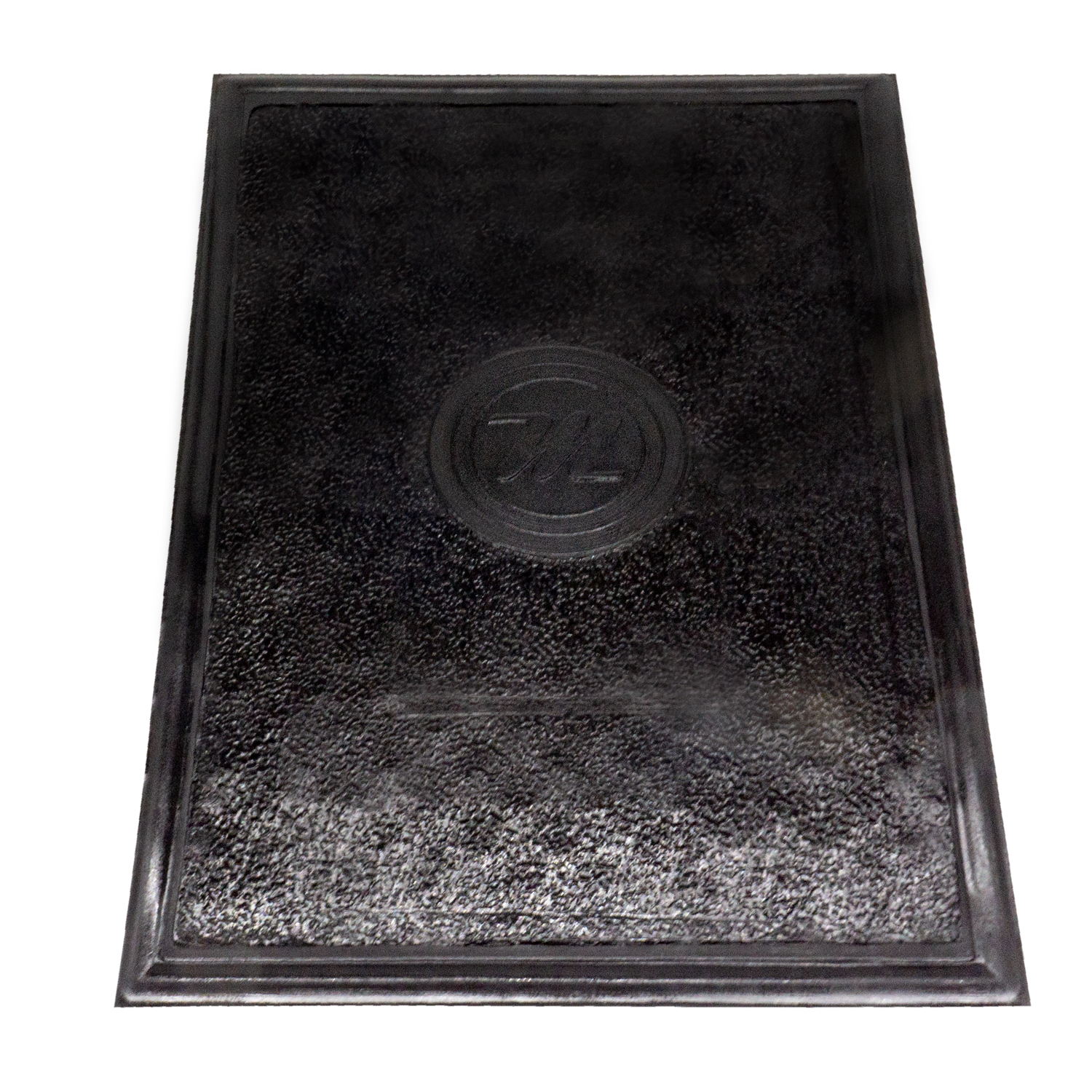 1958 Metropolitan SERIES 560 IV Accessory Floor Mat - 12"X17"-AC 52Accessory Floor Mat - made of high quality black rubber with molded original emblem. Also designed to be sewn into new carpets. 12"X17", Each
1958 Metropolitan SERIES 560 IV Accessory Floor Mat - 12"X17"-AC 52Accessory Floor Mat - made of high quality black rubber with molded original emblem. Also designed to be sewn into new carpets. 12"X17", Each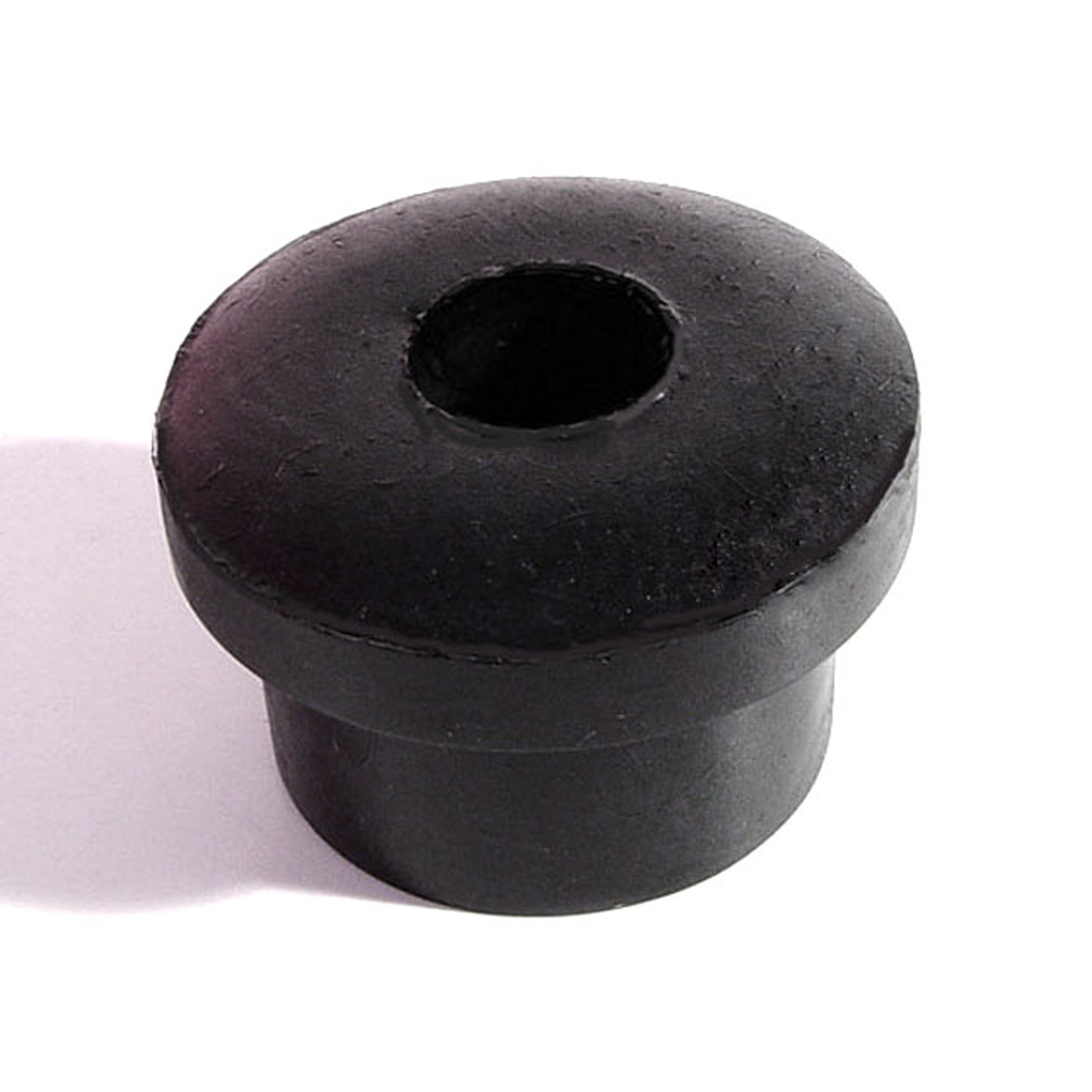 1958 Metropolitan SERIES 560 IV Spring Bushing, for Leaf Springs. 1-1/2" bottom O.D-BN 34-ASpring Bushing, for Leaf Springs. 1-1/2" bottom O.D. X 1-1/4" high, with 1/2" I.D. Each
1958 Metropolitan SERIES 560 IV Spring Bushing, for Leaf Springs. 1-1/2" bottom O.D-BN 34-ASpring Bushing, for Leaf Springs. 1-1/2" bottom O.D. X 1-1/4" high, with 1/2" I.D. Each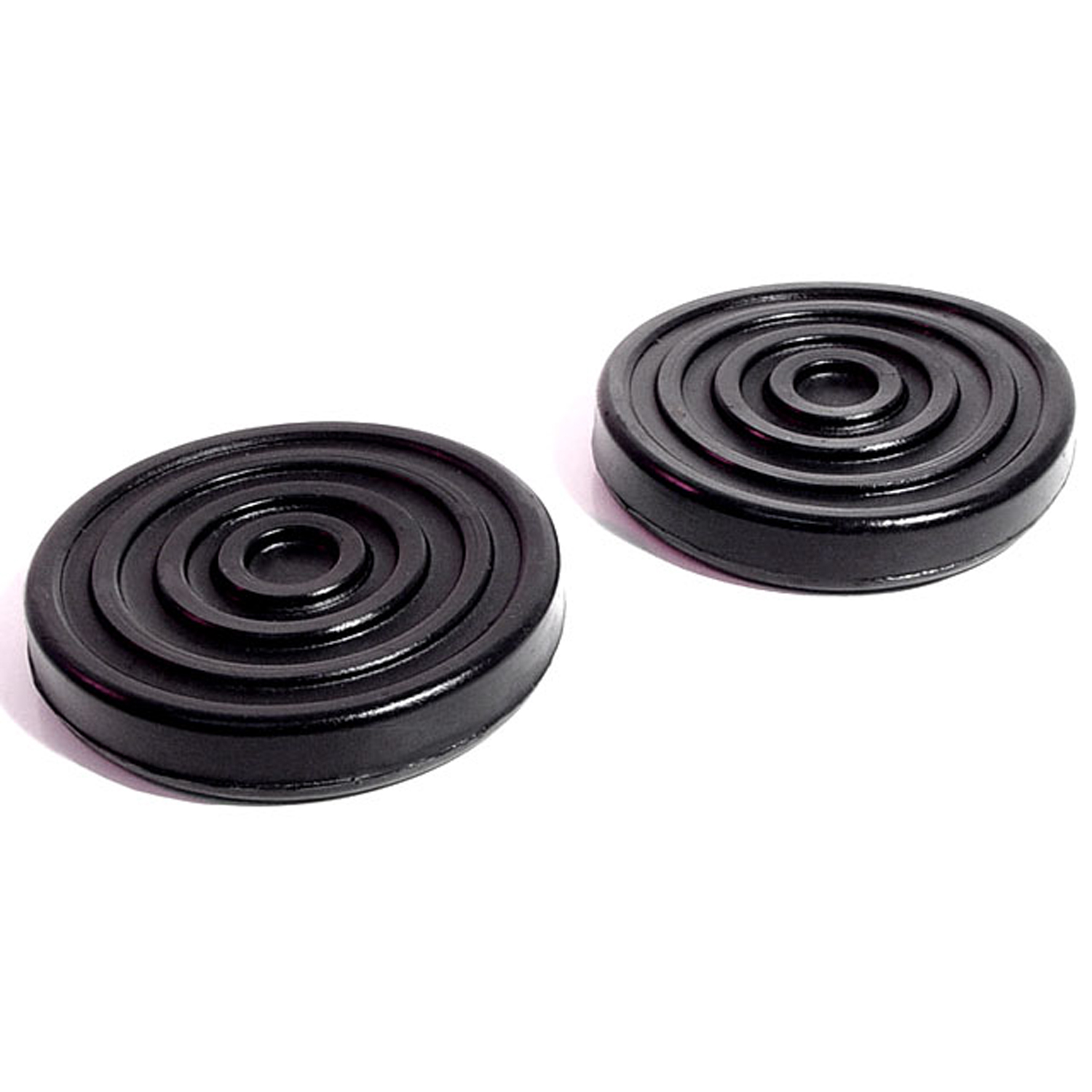 1958 Metropolitan SERIES 560 IV Clutch and Brake Pedal Pads. 2-5/8" Diameter. Pair-CB 167Clutch and Brake Pedal Pads. 2-5/8" Diameter. Pair
1958 Metropolitan SERIES 560 IV Clutch and Brake Pedal Pads. 2-5/8" Diameter. Pair-CB 167Clutch and Brake Pedal Pads. 2-5/8" Diameter. Pair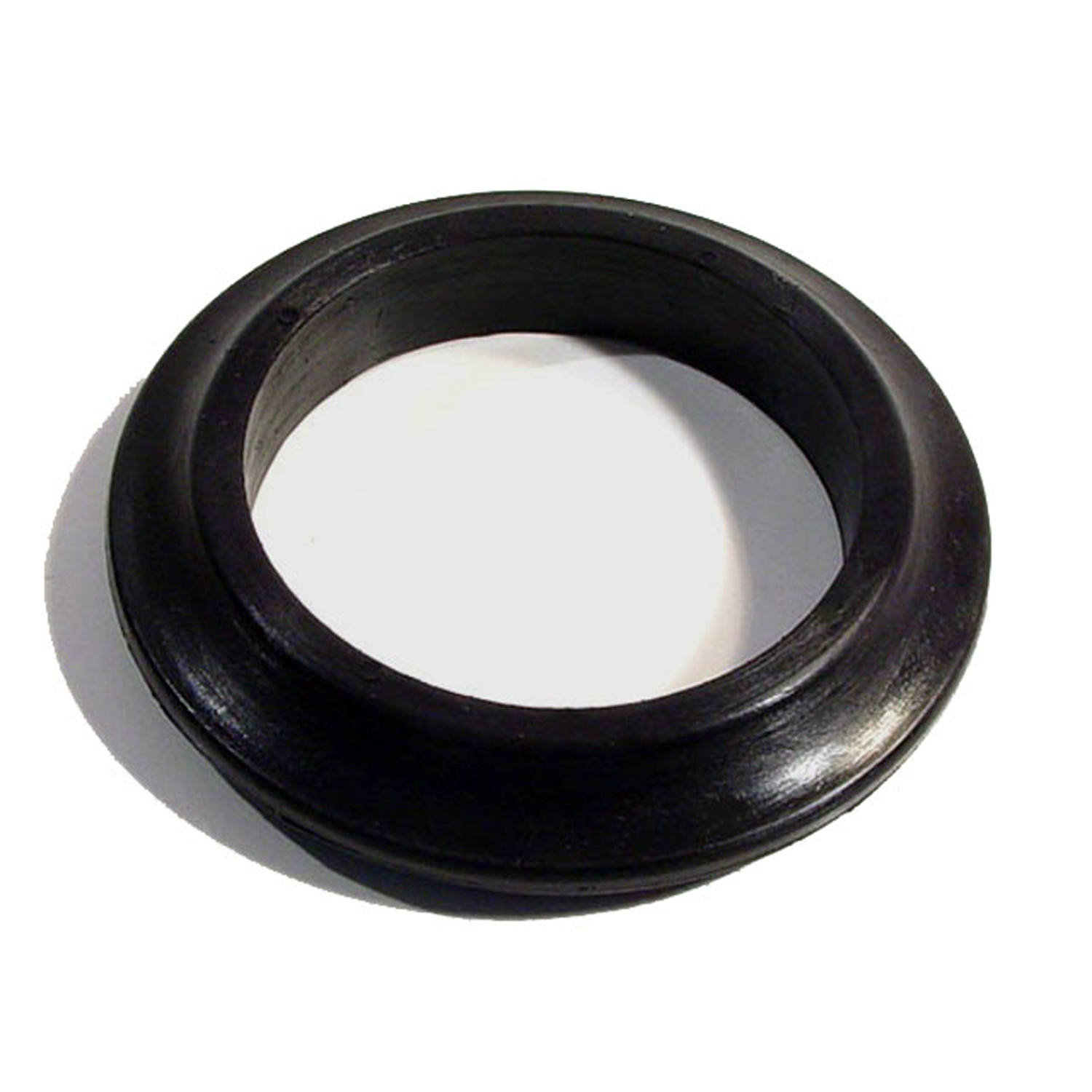 1958 Metropolitan SERIES 560 IV Gas Filler Grommet. 2-1/4" I.D., 3-5/16" O.D. Each-GF 21Gas Filler Grommet. 2-1/4" I.D., 3-5/16" O.D. Each
1958 Metropolitan SERIES 560 IV Gas Filler Grommet. 2-1/4" I.D., 3-5/16" O.D. Each-GF 21Gas Filler Grommet. 2-1/4" I.D., 3-5/16" O.D. Each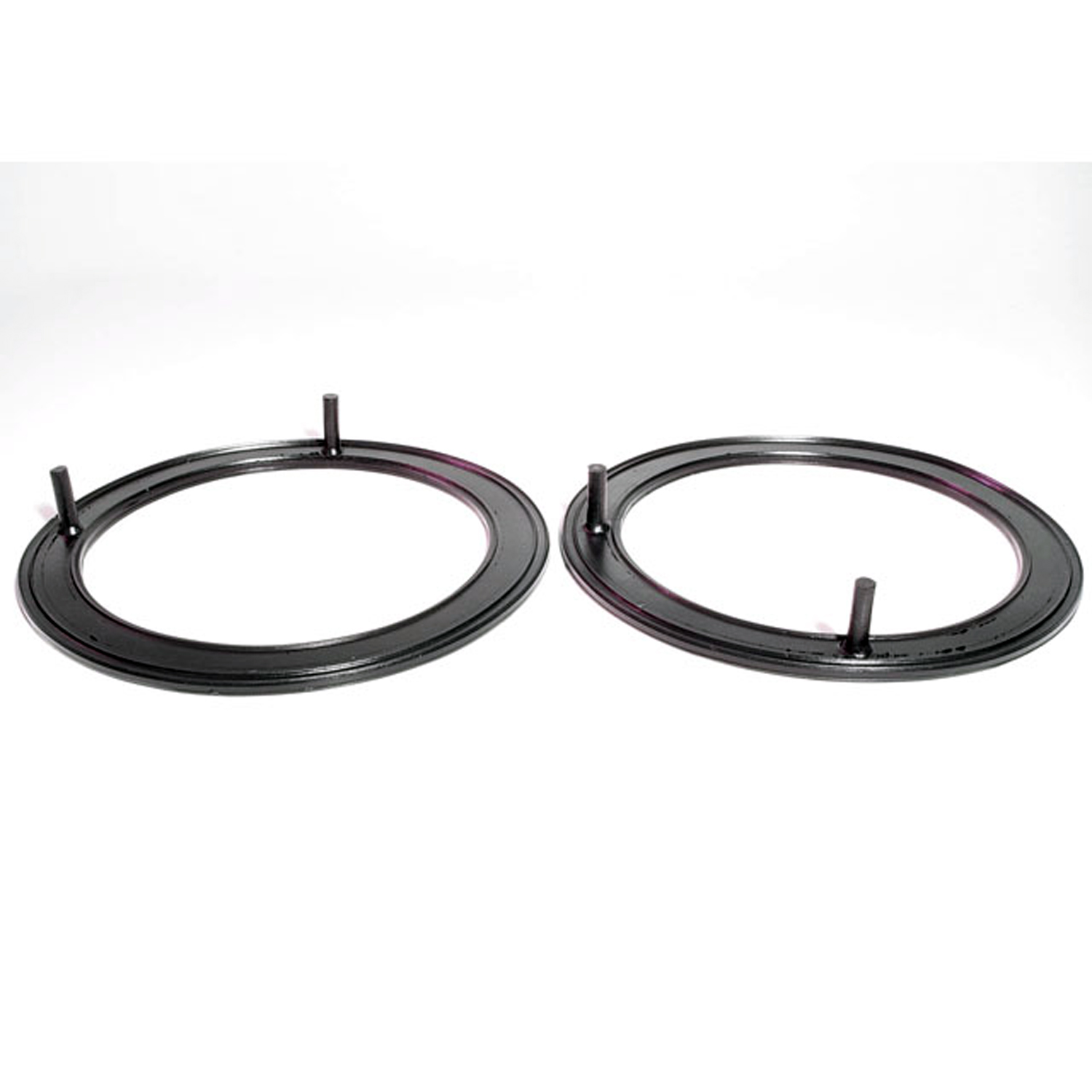 1958 Metropolitan SERIES 560 IV Headlight Ring Seal. 8-1/4" O.D., 6-3/8" I.D. Pair-HR 3Headlight Ring Seal. 8-1/4" O.D., 6-3/8" I.D. Pair
1958 Metropolitan SERIES 560 IV Headlight Ring Seal. 8-1/4" O.D., 6-3/8" I.D. Pair-HR 3Headlight Ring Seal. 8-1/4" O.D., 6-3/8" I.D. Pair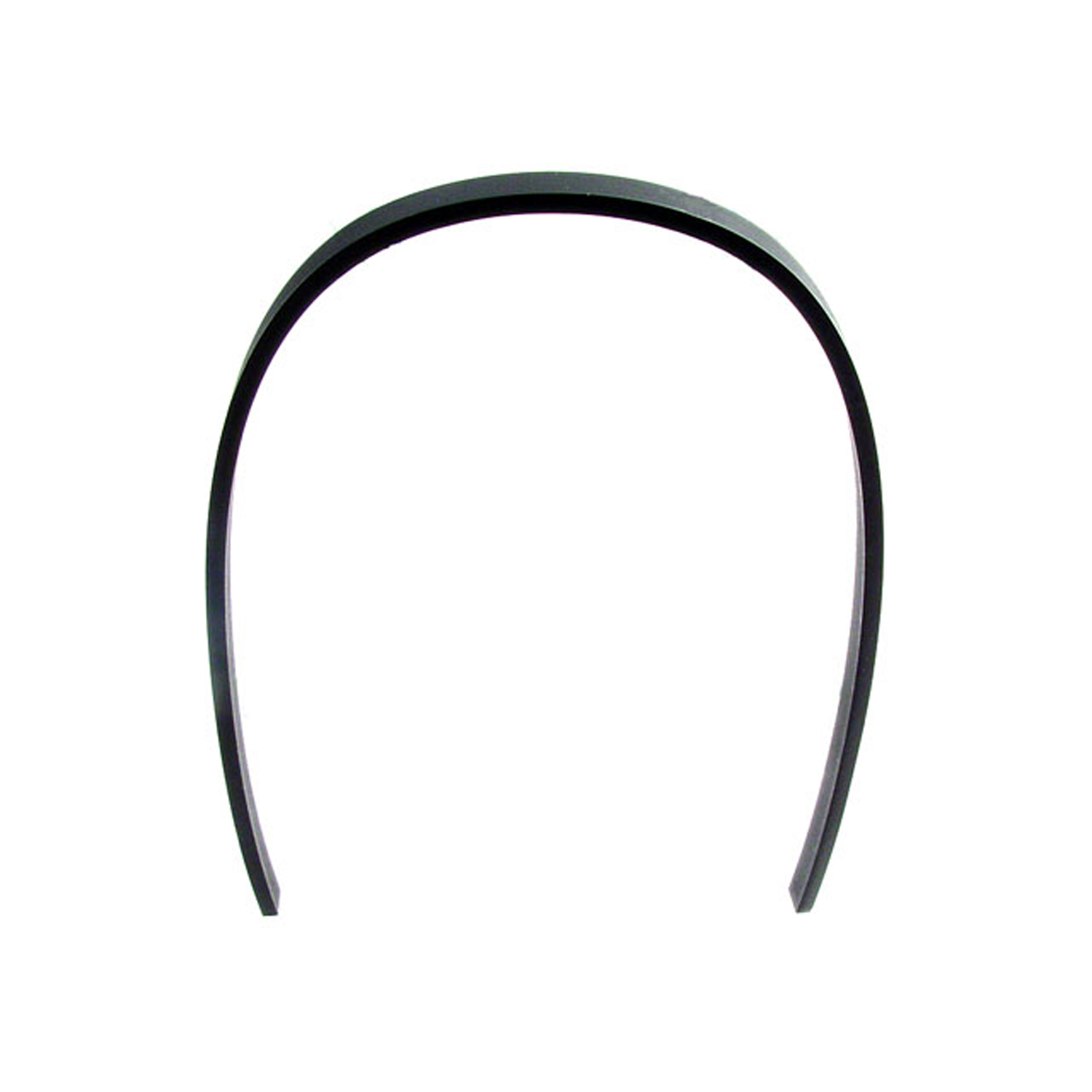 1958 Metropolitan SERIES 560 IV Tail-light Lens Gasket. Slips into groove-LG 7100-100Tail-light Lens Gasket. Slips into groove. Made of neoprene. 1/4" X 13-3/4" X 1/8". Each
1958 Metropolitan SERIES 560 IV Tail-light Lens Gasket. Slips into groove-LG 7100-100Tail-light Lens Gasket. Slips into groove. Made of neoprene. 1/4" X 13-3/4" X 1/8". Each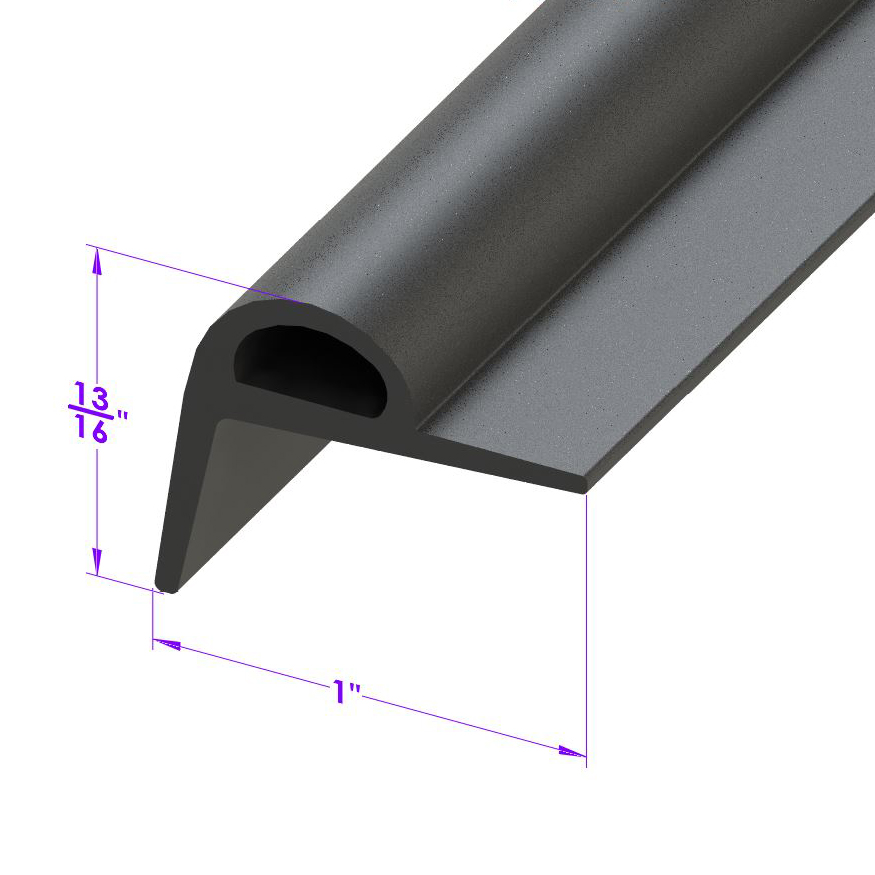 1958 Metropolitan SERIES 560 IV Top Bow to Header Seal, for Convertibles. Sold by the foot-LP 112-MTop Bow to Header Seal, for Convertibles. Sold by the foot
1958 Metropolitan SERIES 560 IV Top Bow to Header Seal, for Convertibles. Sold by the foot-LP 112-MTop Bow to Header Seal, for Convertibles. Sold by the foot 1958 Metropolitan SERIES 560 IV Mirror Pad. 1-1/2" wide X 4" long. Each-MP 1104-AMirror Pad. 1-1/2" wide X 4" long. Each
1958 Metropolitan SERIES 560 IV Mirror Pad. 1-1/2" wide X 4" long. Each-MP 1104-AMirror Pad. 1-1/2" wide X 4" long. Each 1958 Metropolitan SERIES 560 IV Door Handle Pads. 2-5/8" long & 1" long. Set of 4 R&L-MP 1104-BDoor Handle Pads. 2-5/8" long & 1" long. Set of 4 R&L
1958 Metropolitan SERIES 560 IV Door Handle Pads. 2-5/8" long & 1" long. Set of 4 R&L-MP 1104-BDoor Handle Pads. 2-5/8" long & 1" long. Set of 4 R&L 1958 Metropolitan SERIES 560 IV Trunk Handle Pad. 2-1/8" O.D. Each-MP 1104-CTrunk Handle Pad. 2-1/8" O.D. Each
1958 Metropolitan SERIES 560 IV Trunk Handle Pad. 2-1/8" O.D. Each-MP 1104-CTrunk Handle Pad. 2-1/8" O.D. Each 1958 Metropolitan SERIES 560 IV Trunk Hinge Pads. 1-1/8" wide X 5" long. Set-MP 1104-DTrunk Hinge Pads. 1-1/8" wide X 5" long. Set
1958 Metropolitan SERIES 560 IV Trunk Hinge Pads. 1-1/8" wide X 5" long. Set-MP 1104-DTrunk Hinge Pads. 1-1/8" wide X 5" long. Set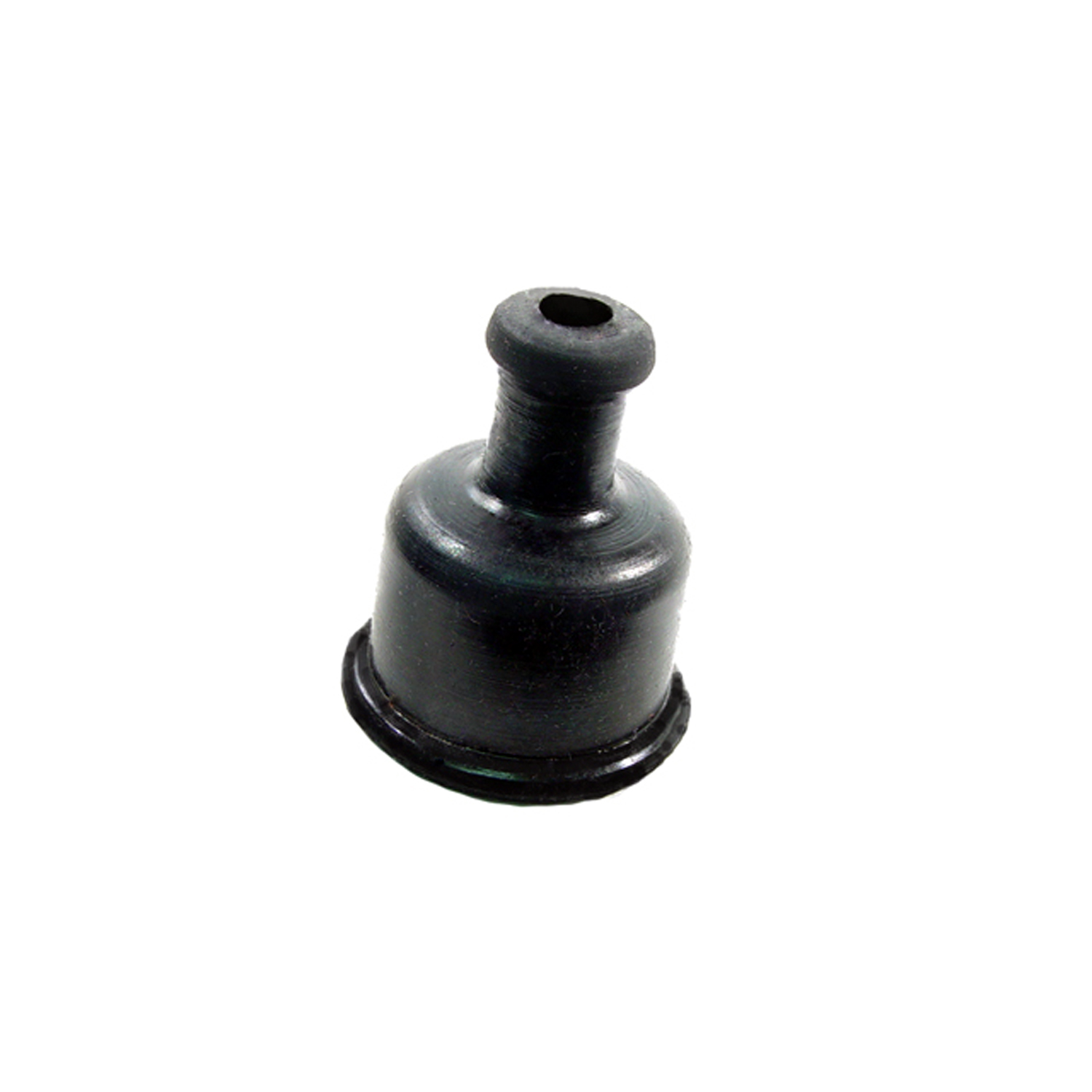 1958 Metropolitan SERIES 560 IV Oil Level Dipstick Dust Cap. Top hole has 1/4" I.D-RP 8-AOil Level Dipstick Dust Cap. Top hole has 1/4" I.D. Bottom hole has 1-1/4" O.D. Cap is 1-1/2" tall. Each
1958 Metropolitan SERIES 560 IV Oil Level Dipstick Dust Cap. Top hole has 1/4" I.D-RP 8-AOil Level Dipstick Dust Cap. Top hole has 1/4" I.D. Bottom hole has 1-1/4" O.D. Cap is 1-1/2" tall. Each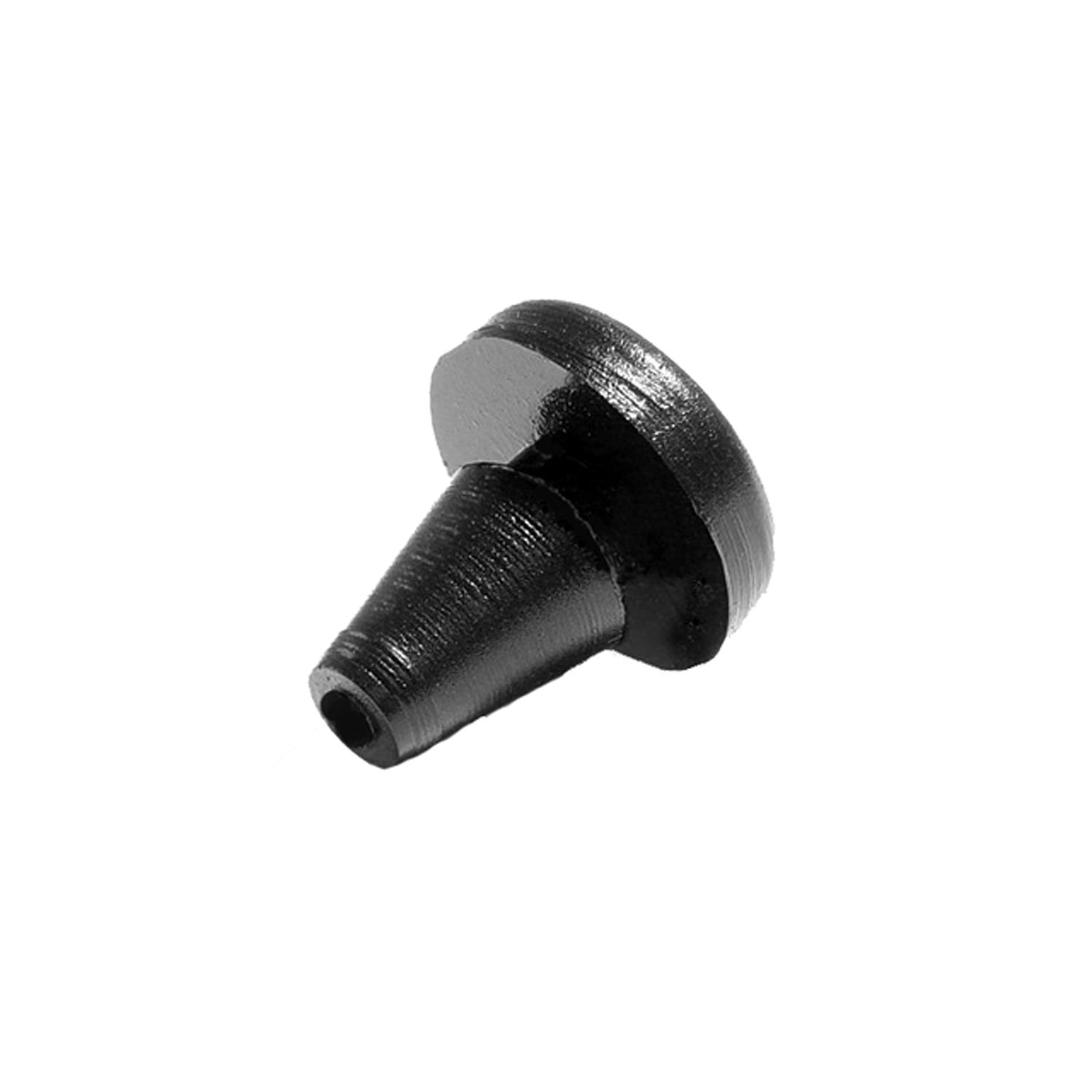 1958 Metropolitan SERIES 560 IV Hood Side Bumper. 5/8" O.D.,5/8" High. Each-SB 11Hood Side Bumper. 5/8" O.D.,5/8" High. Each
1958 Metropolitan SERIES 560 IV Hood Side Bumper. 5/8" O.D.,5/8" High. Each-SB 11Hood Side Bumper. 5/8" O.D.,5/8" High. Each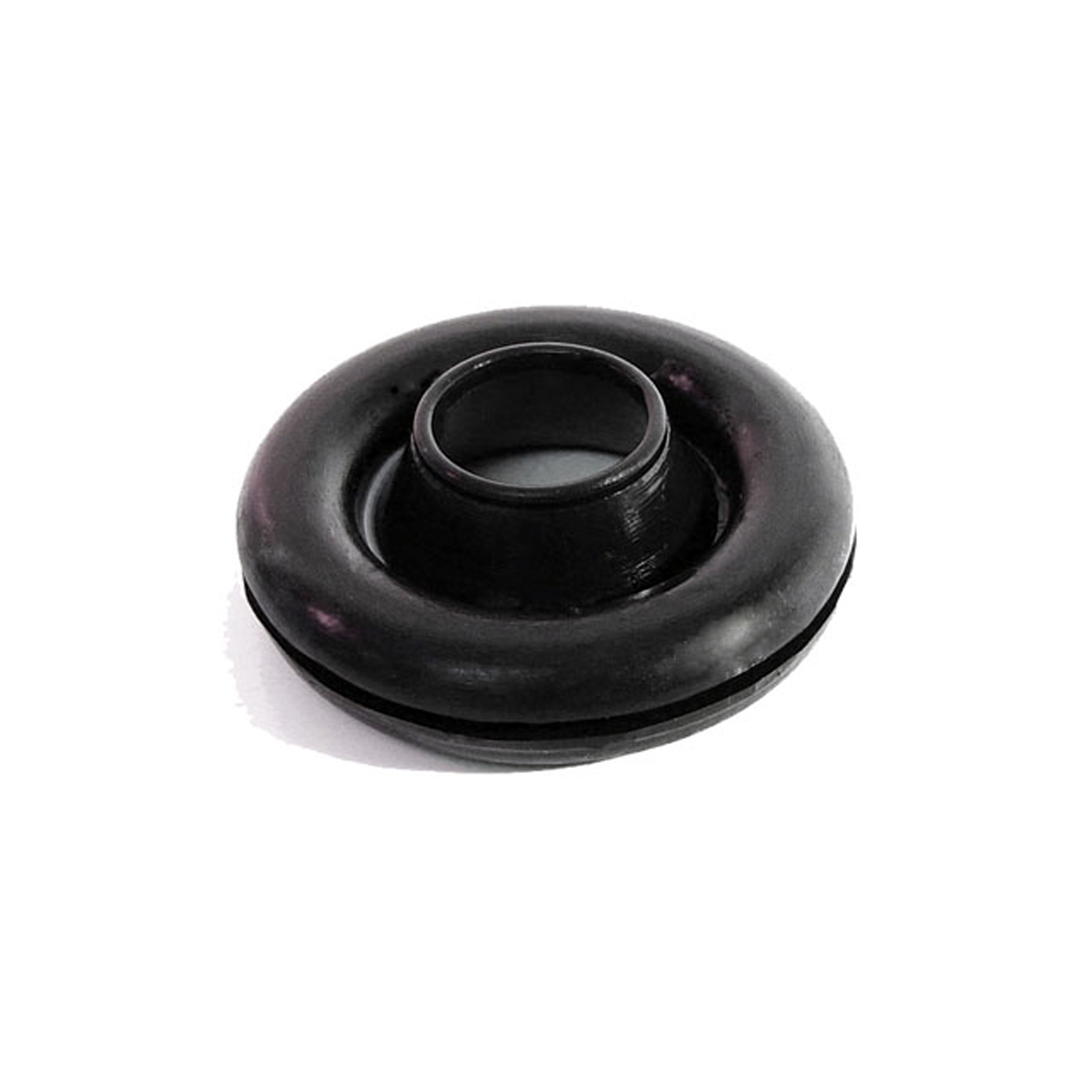 1958 Metropolitan SERIES 560 IV Main Wire Harness Grommet at Firewall. 1-7/8" O.D., 5/8" I-SM 100-BMain Wire Harness Grommet at Firewall. 1-7/8" O.D., 5/8" I.D., Fits 1-1/4" hole. Each
1958 Metropolitan SERIES 560 IV Main Wire Harness Grommet at Firewall. 1-7/8" O.D., 5/8" I-SM 100-BMain Wire Harness Grommet at Firewall. 1-7/8" O.D., 5/8" I.D., Fits 1-1/4" hole. Each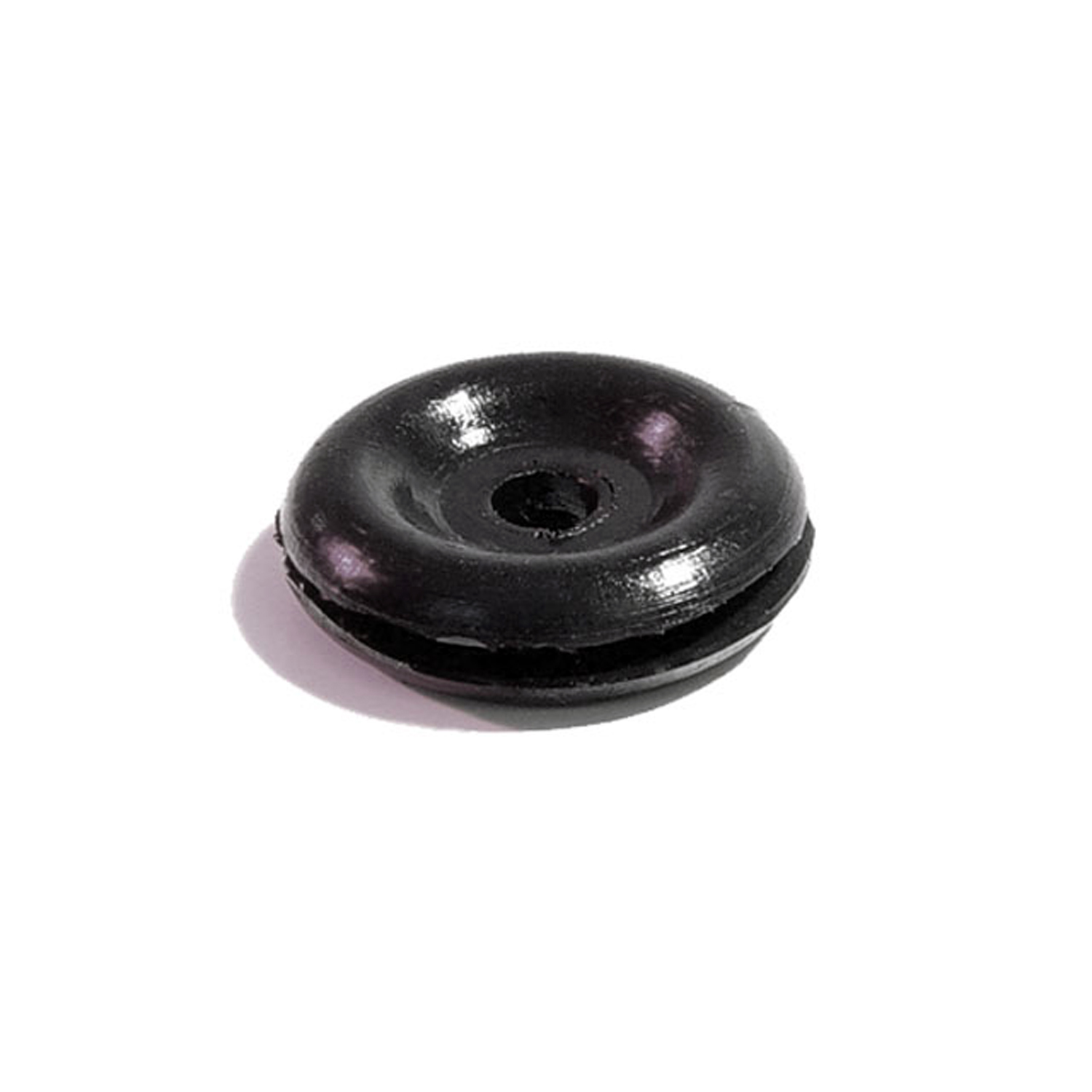 1958 Metropolitan SERIES 560 IV Sheet Metal Grommet-SM 102Sheet Metal Grommet. Used for choke cable, starter cable, horn wire, wiper wires and license plate lamp wires. Fits 9/16" hole. 3/16" center hole. Each
1958 Metropolitan SERIES 560 IV Sheet Metal Grommet-SM 102Sheet Metal Grommet. Used for choke cable, starter cable, horn wire, wiper wires and license plate lamp wires. Fits 9/16" hole. 3/16" center hole. Each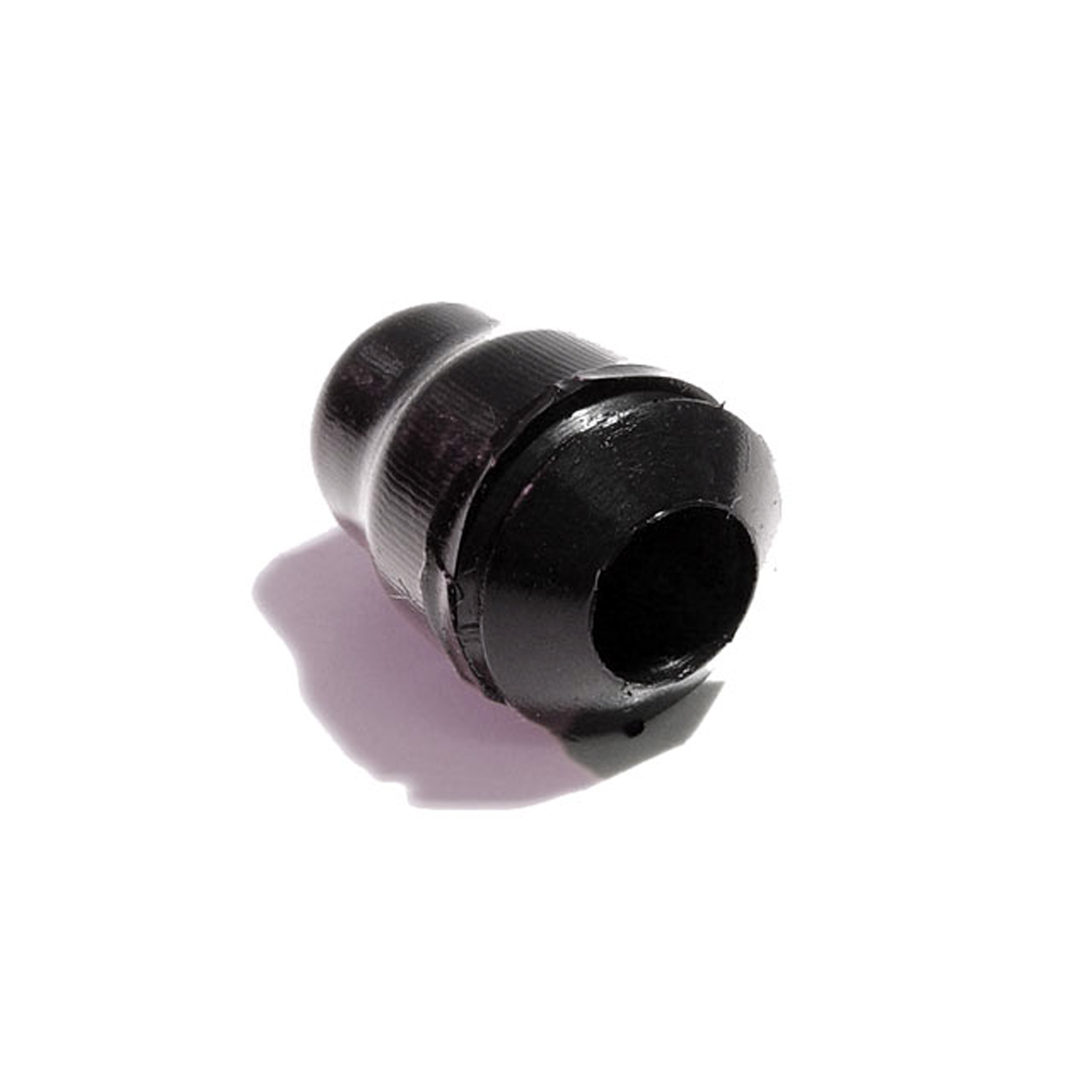 1958 Metropolitan SERIES 560 IV Pivot Grommet. 3/4" high X 3/16" I.D. Each-SM 5Pivot Grommet. 3/4" high X 3/16" I.D. Each
1958 Metropolitan SERIES 560 IV Pivot Grommet. 3/4" high X 3/16" I.D. Each-SM 5Pivot Grommet. 3/4" high X 3/16" I.D. Each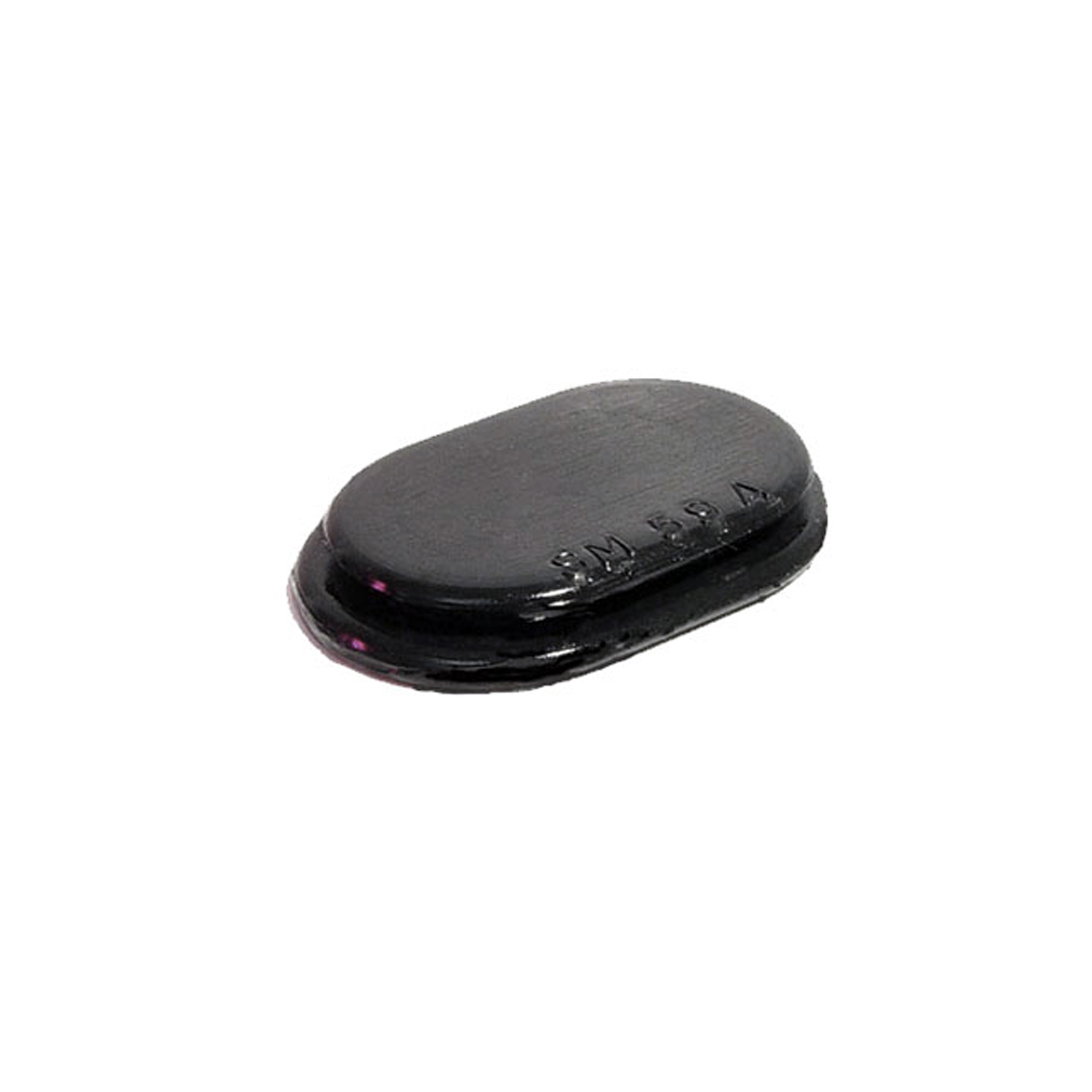 1958 Metropolitan SERIES 560 IV Door End Plug. Four used per car. Each-SM 59-ADoor End Plug. Four used per car. Each
1958 Metropolitan SERIES 560 IV Door End Plug. Four used per car. Each-SM 59-ADoor End Plug. Four used per car. Each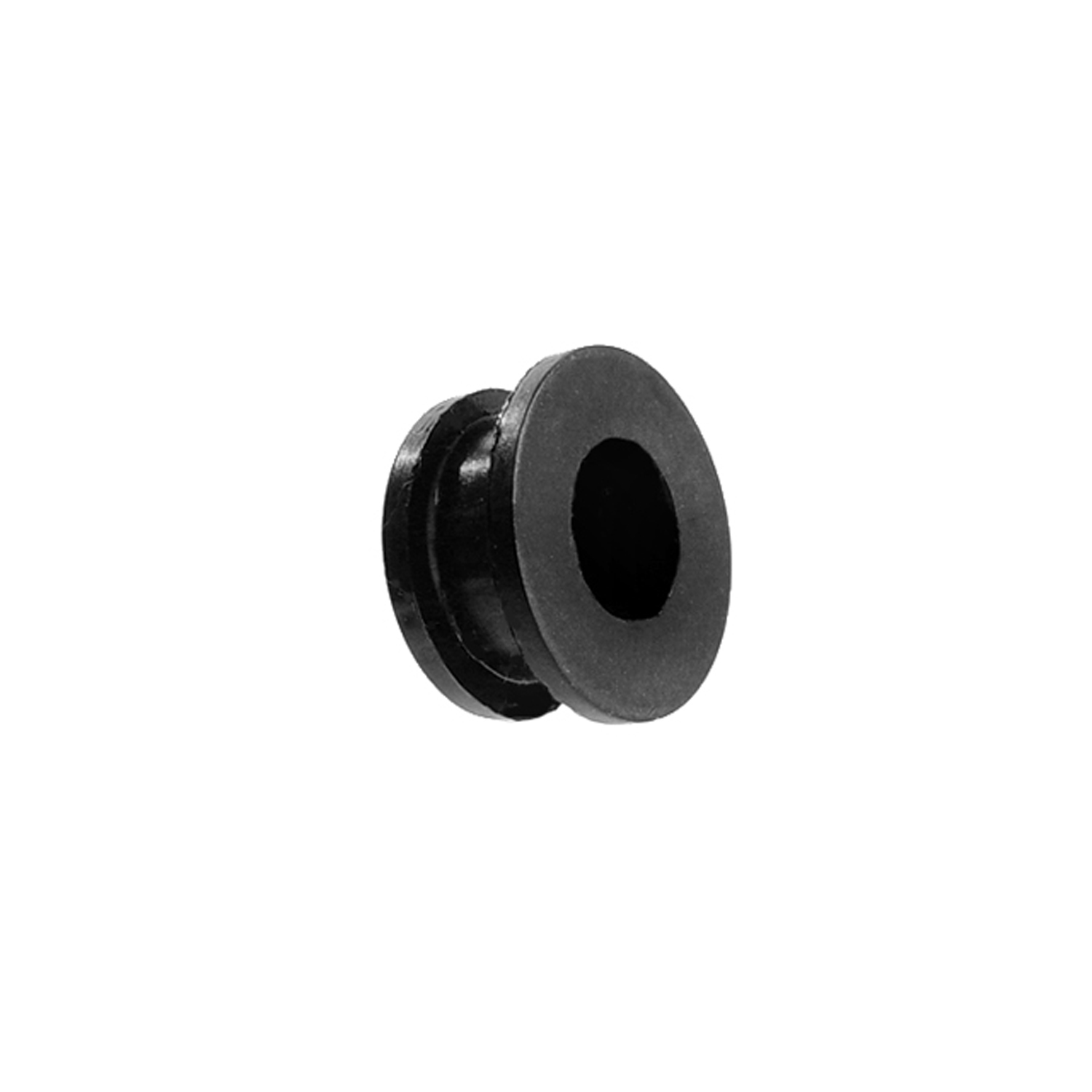 1958 Metropolitan SERIES 560 IV Shift Linkage Grommet-SM 93Shift Linkage Grommet. Use your original steel bushing in center. Each
1958 Metropolitan SERIES 560 IV Shift Linkage Grommet-SM 93Shift Linkage Grommet. Use your original steel bushing in center. Each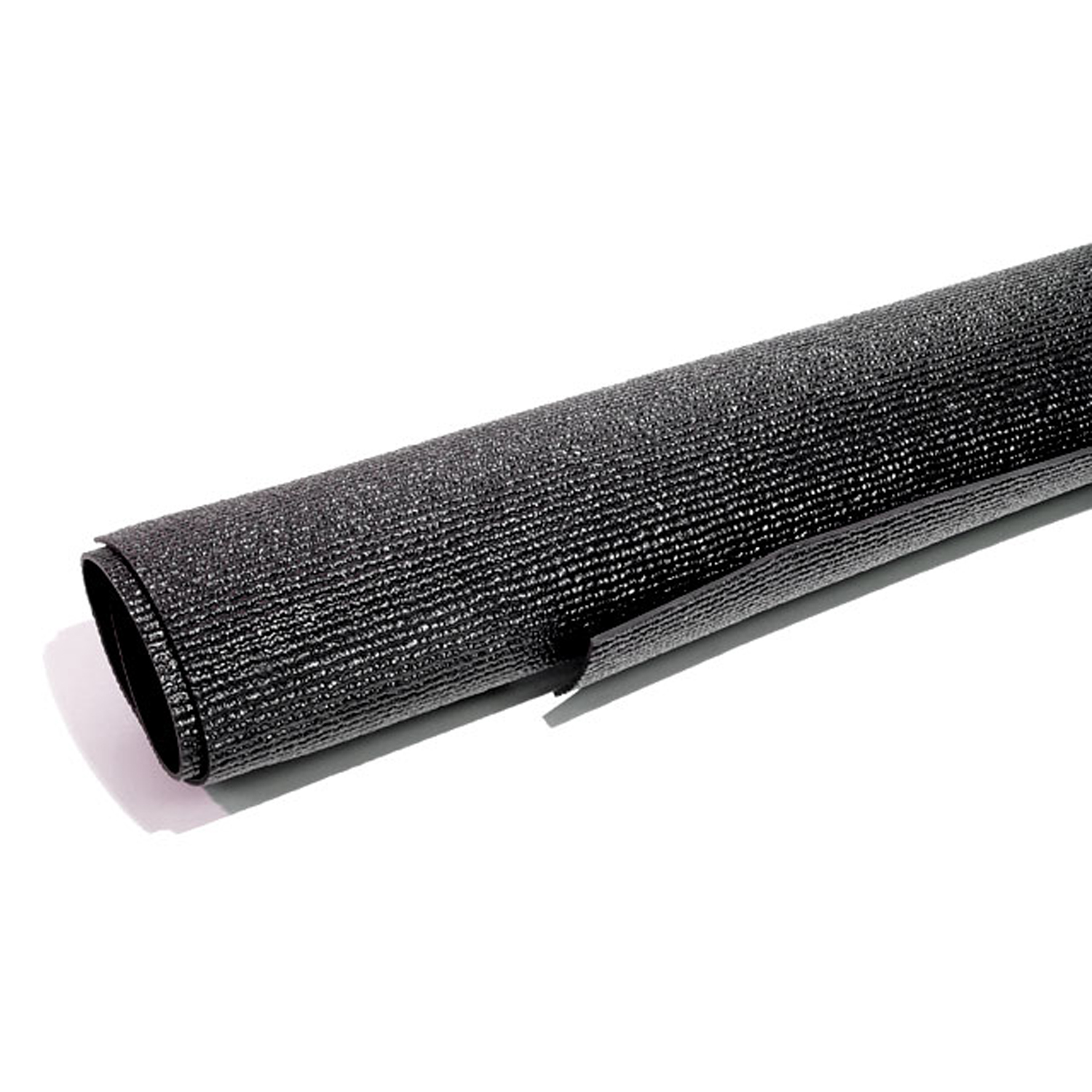 1958 Metropolitan SERIES 560 IV Trunk Mat-TM 7100Trunk Mat. High quality reproduction, made specific for vehicle. Does not have snaps. Each
1958 Metropolitan SERIES 560 IV Trunk Mat-TM 7100Trunk Mat. High quality reproduction, made specific for vehicle. Does not have snaps. Each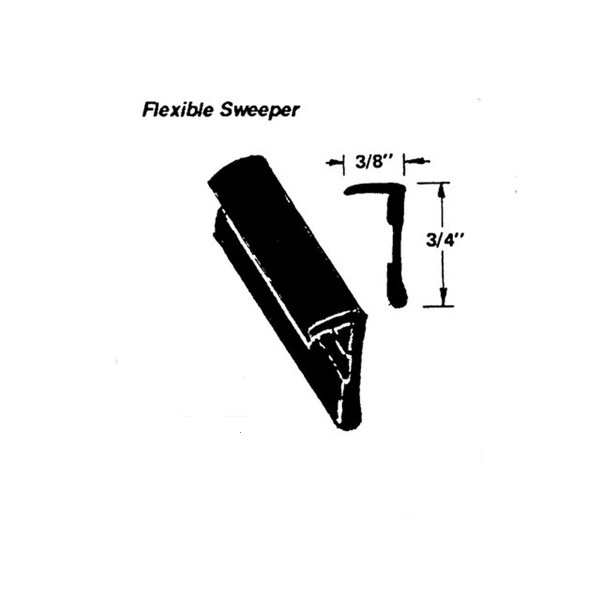 1958 Metropolitan SERIES 560 IV Flexible Sweeper. Made of rubber-WC 23-/FTFlexible Sweeper. Made of rubber. Seal for outside of side window. Sold by the foot
1958 Metropolitan SERIES 560 IV Flexible Sweeper. Made of rubber-WC 23-/FTFlexible Sweeper. Made of rubber. Seal for outside of side window. Sold by the foot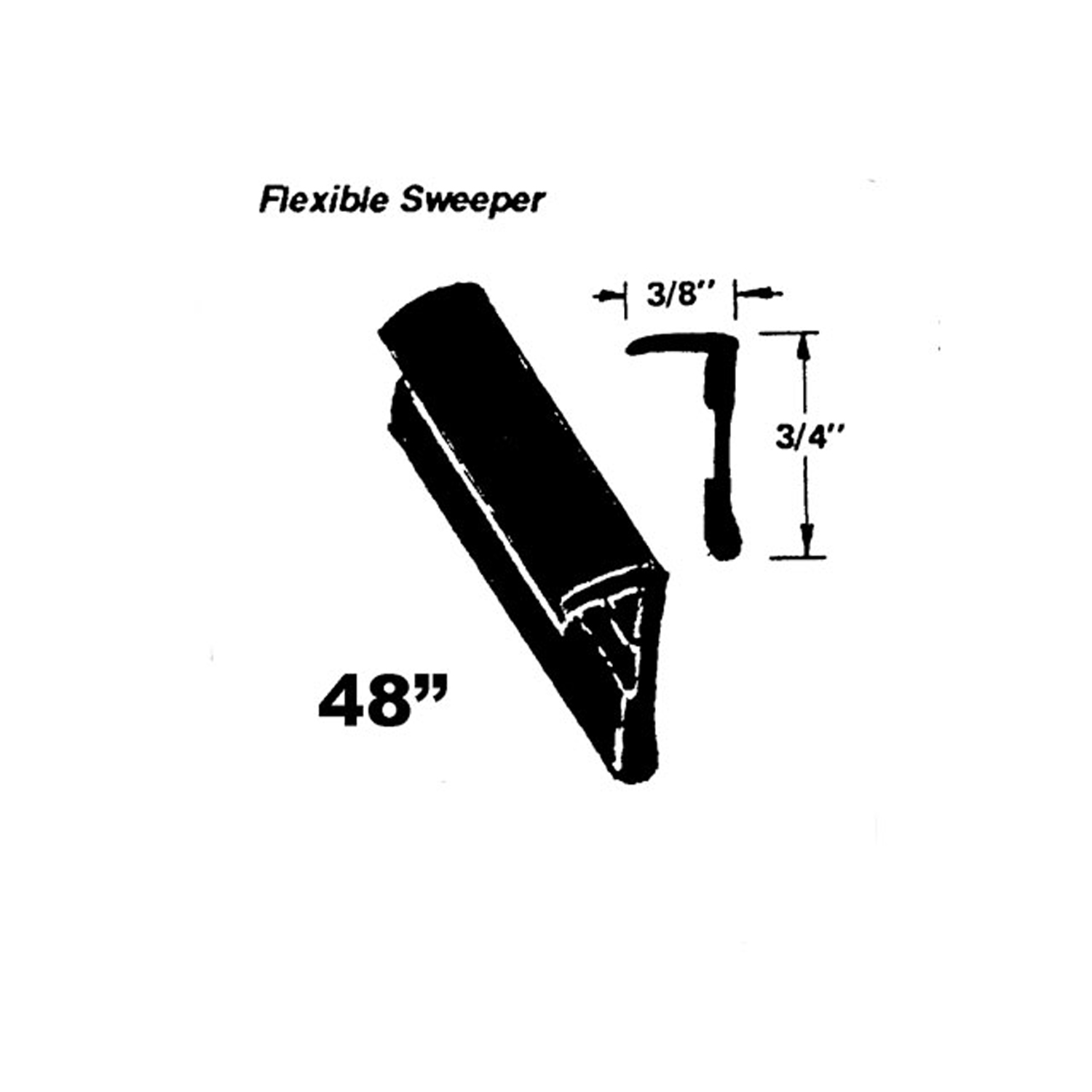 1958 Metropolitan SERIES 560 IV Flexible Sweeper. Made of rubber-WC 23-48Flexible Sweeper. Made of rubber. Seal for outside of side window. 48" Piece. Each
1958 Metropolitan SERIES 560 IV Flexible Sweeper. Made of rubber-WC 23-48Flexible Sweeper. Made of rubber. Seal for outside of side window. 48" Piece. Each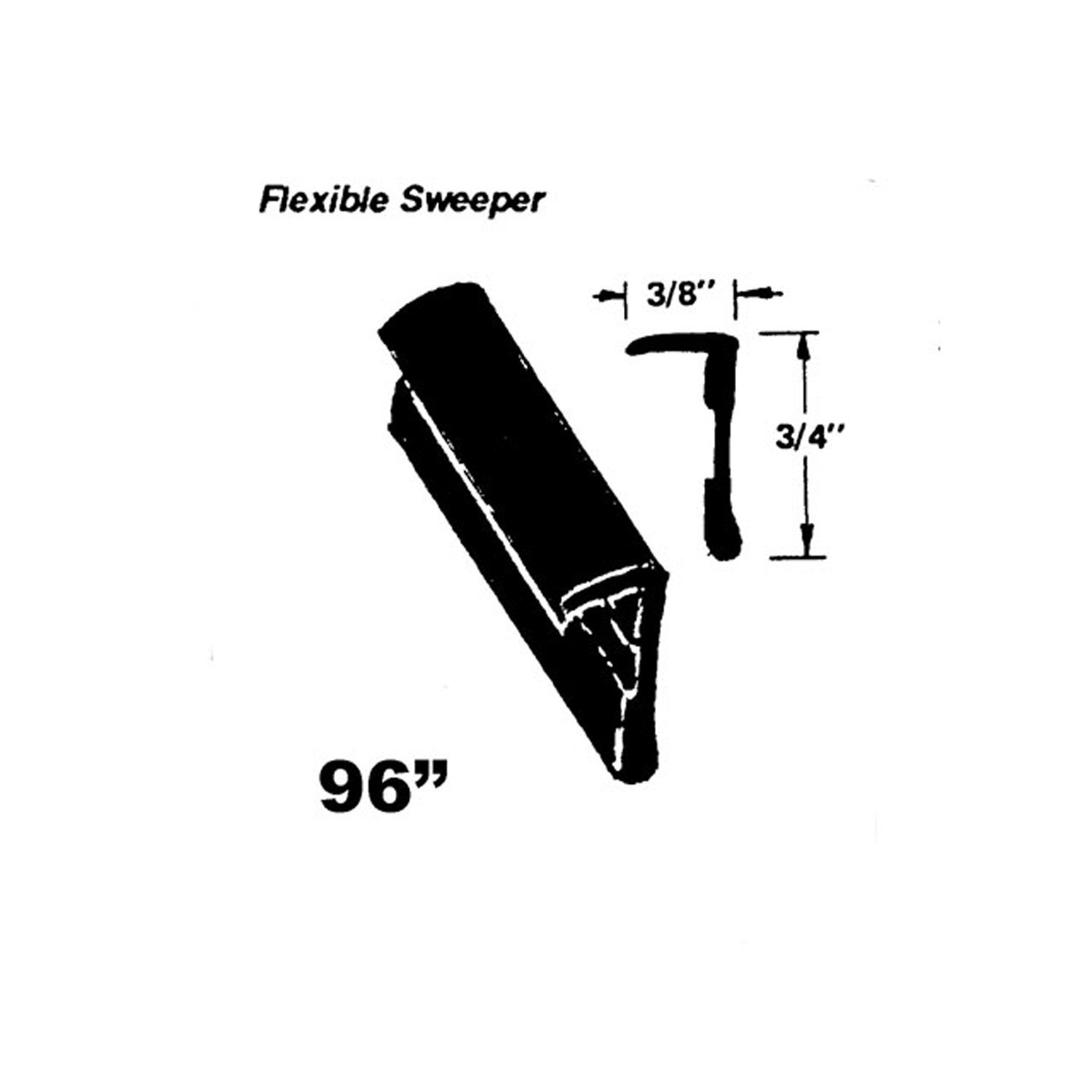 1958 Metropolitan SERIES 560 IV Flexible Sweeper. Made of rubber-WC 23-96Flexible Sweeper. Made of rubber. Seal for outside of side window. 96" Piece. each
1958 Metropolitan SERIES 560 IV Flexible Sweeper. Made of rubber-WC 23-96Flexible Sweeper. Made of rubber. Seal for outside of side window. 96" Piece. each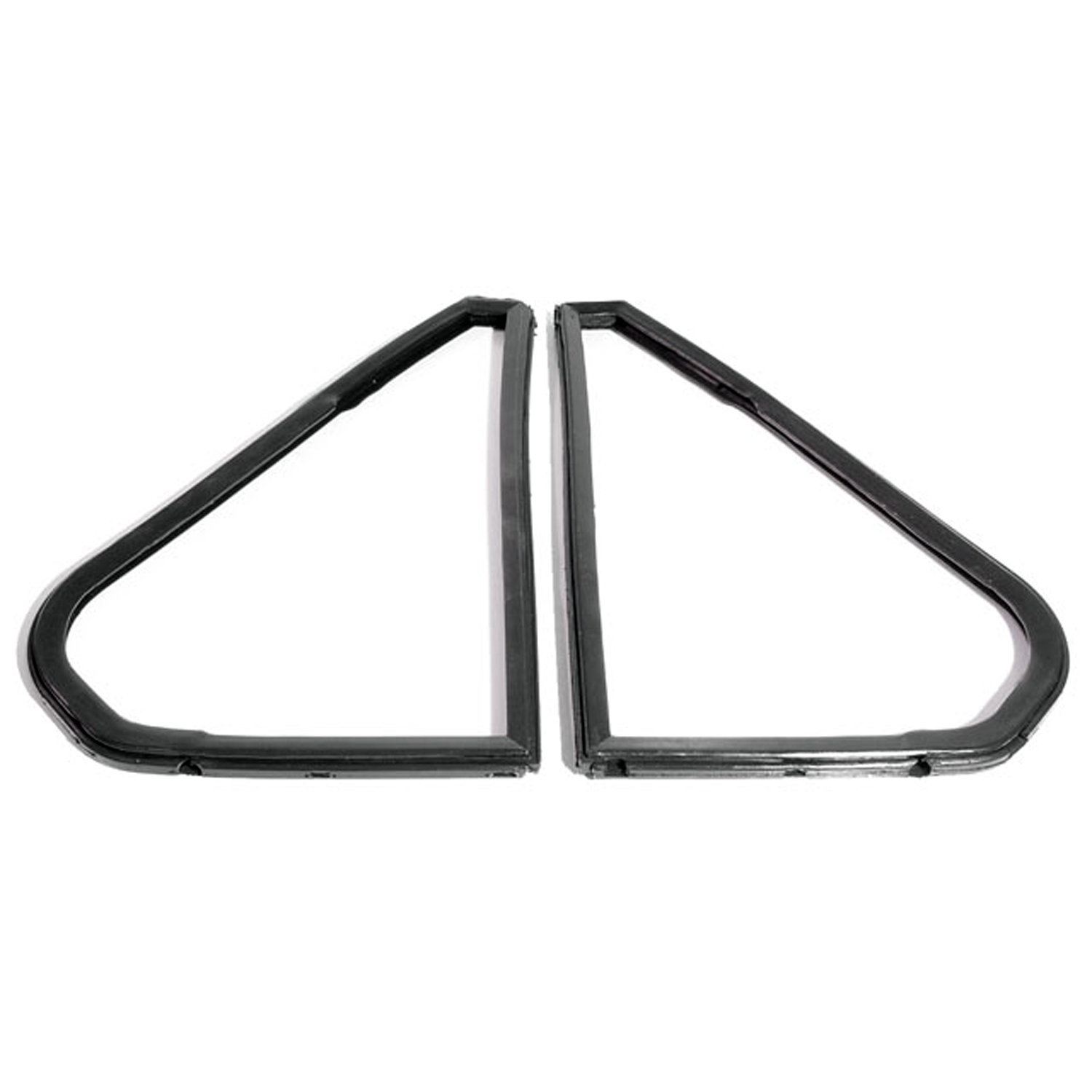 1958 Metropolitan SERIES 560 IV Front Vent Window Seals with Division Bar-WR 7100Front Vent Window Seals with Division Bar. Molded in exact configuration. Pair R&L
1958 Metropolitan SERIES 560 IV Front Vent Window Seals with Division Bar-WR 7100Front Vent Window Seals with Division Bar. Molded in exact configuration. Pair R&LWhy Choose Metro?
For over 100 years, Metro Moulded Parts has been the pinnacle of quality in classic car restoration parts. Our commitment to precision and authenticity in every component ensures a perfect fit and an OEM-level appearance.
- Expert Craftsmanship & Quality: Each part is a testament to our dedication to reliability and perfection, crafted from original designs and thoroughly tested.
- Advanced Technology: We use cutting-edge techniques to create flawless, long-lasting parts that surpass others in performance.
- SuperSoft Sponge – The Ultimate Door Seal: Not only are our door seals 30% softer than competitors', but they're also guaranteed to never leak. They effectively reduce wind and road noise, enhancing your classic car's comfort and driving experience.
- Proudly American: Our parts are a product of American craftsmanship, made in the USA with a spirit of excellence and heritage.
- Unrivaled Warranty: We back our products with a 30-year industry-leading warranty, a testament to our confidence in their quality.
Join us in preserving the legacy of classic cars with parts that are crafted for perfection, not just made.

